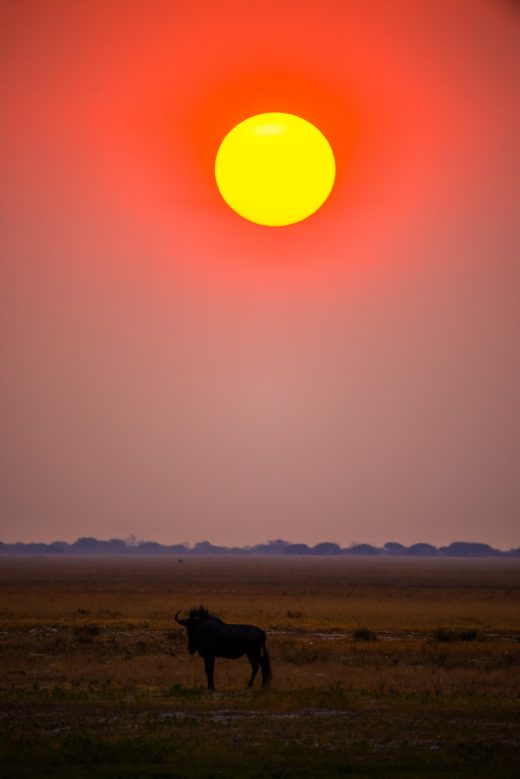Zambia & Zimbabwe
Witness one of the worlds great wonders.
Zambia & Zimbabwe
Encounter the wildlife -- up close.
Zambia & Zimbabwe
Meet and exchange smiles with the people.
Zambia & Zimbabwe
Let us arrange your comfort.

The roar of “Mosi o Tunya” (“the smoke that thunders”) can be heard as you approach. on the Zambia-Zimbabwe border, Victoria Falls is a must-see as one the world’s magnificent wonders. A Zimbabwe and Zambiua safari also offer incredible wildlife, and are less touristed than the parks of neighboring East Africa and South Africa.

Plan your trip with
an Expert
Our Africa travel experts will curate your visit to Zambia and/or Zimbabwe.
Did you know?
More About Zambia & Zimbabwe
Zambia:
The tall and horned Thornicroft giraffe resides only in Zambia’s South Luangwa National Park, Take a hot air balloon rider in Kafue National Park, Zambia’s largest game sanctuary, to view lions, cheetahs and antelopes. Go snorkeling or scuba diving in the clear waters of the world’s deepest lake, Lake Tanganyika, in northern Zambia, home to over 350 species of fish.
Zimbabwe:
The Matobo Hills (a UNESCO World Heritage Site) offers some of the best- preserved rock paintings on the continent.
Lake Kariba is the world’s biggest man-made lake, used for commercial fishing and electric hydropower to Zambia and Zimbabwe.
TravelStore in #Zambia & Zimbabwe
Let's Plan Your Trip!
Our professional travel experts look forward to tailoring an exceptional vacation for you.
or Call 1 800 850 3224
